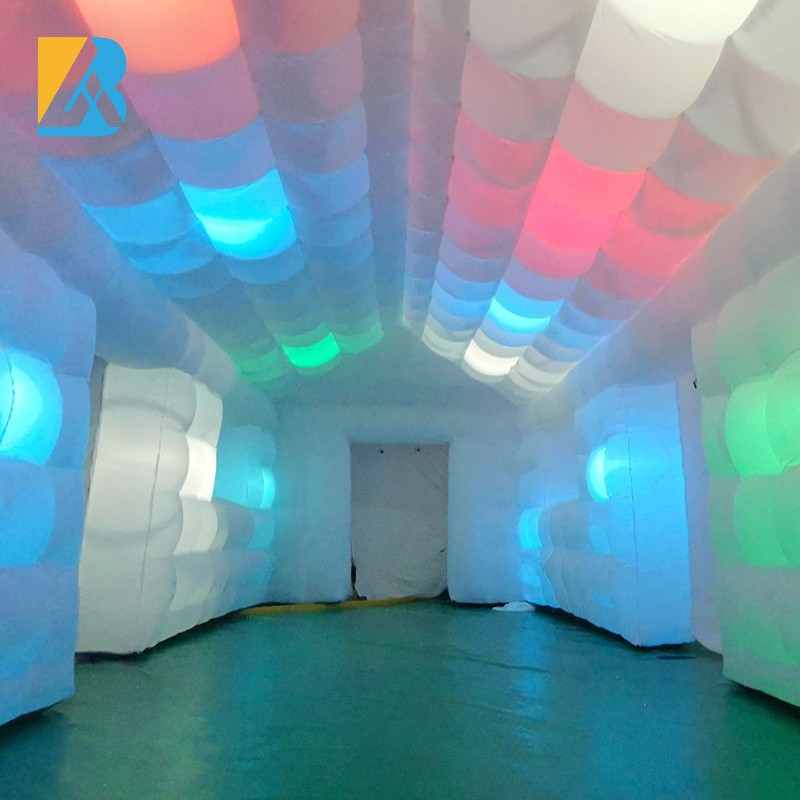What details should be paid attention to when sewing large inflatable products?
- Framco Lee
- June 23, 2023
- 10:41 pm

When sewing large inflatable products, several important details should be paid attention to ensure quality and durability. Here are some key considerations:
1. Seam Construction: Use appropriate seam construction techniques based on the specific requirements of the inflatable product. This may include single or double stitching, heat sealing, or RF welding.
2. Reinforce critical seams, stress points, and attachment areas to enhance strength and prevent leaks.
Thread Selection: Choose high-quality, durable threads suitable for the fabric and intended use of the inflatable. Ensure the thread has sufficient strength and resistance to UV radiation, moisture, and other environmental factors.
3. Seam Sealing and Bonding: Apply seam sealing or bonding techniques to enhance the airtightness and water resistance of the seams. This can involve using adhesives, heat sealing tapes, or hot air welding to create strong and leak-proof connections.
4. Fabric Compatibility: Ensure the fabric used for the inflatable is compatible with the chosen sewing techniques and equipment. Some fabrics may require specific needle types, thread tensions, or sewing machine settings for optimal results.
5. Tension and Stretch: Maintain proper tension and stretch in the fabric during sewing to prevent puckering, distortion, or uneven seams. Carefully manage the fabric’s movement through the sewing machine to maintain consistent stitches and avoid fabric shifting.
6. Reinforcements: Incorporate reinforcements as necessary to strengthen areas prone to stress or high impact, such as corners, attachment points, or load-bearing sections. This can involve adding extra layers of fabric, reinforcing tapes, or webbing to improve durability and longevity.
7. Quality Control: Implement rigorous quality control measures during and after the sewing process. Regularly inspect the seams, stitching, and overall construction for any defects, inconsistencies, or weak points. Conduct leak tests or air pressure tests to ensure the integrity of the inflatable product.
8. Testing: Conduct thorough testing of the finished inflatable product to ensure it meets safety and performance standards. This may involve inflating the product to its intended shape and size, checking for air leaks, load-bearing capacity, and overall stability.
By paying attention to these details, manufacturers can produce high-quality and reliable large inflatable products that meet customer expectations and perform well in their intended applications.
Contact Us
- Phone: +86 135 7045 5750
- WeChat: baiinflatables
- E-mail: franco@baiinflatables.com
- WhatsApp: +86 135 7045 5750
- Add: Room A032, Room 225, 2nd Floor, No. 192, Dabei Road, Shiqiao Street, Panyu District, Guangzhou, China
